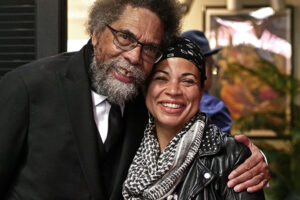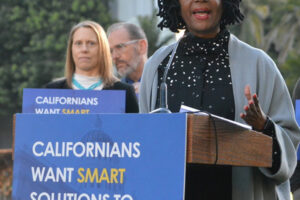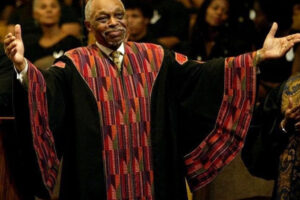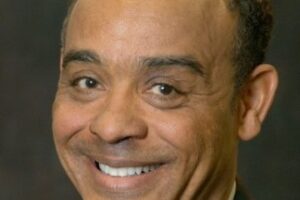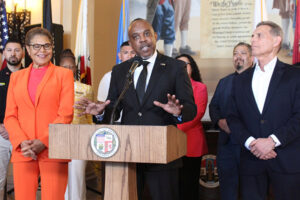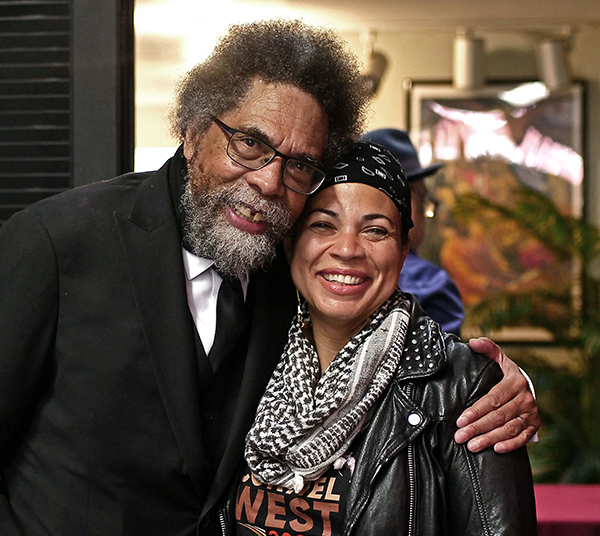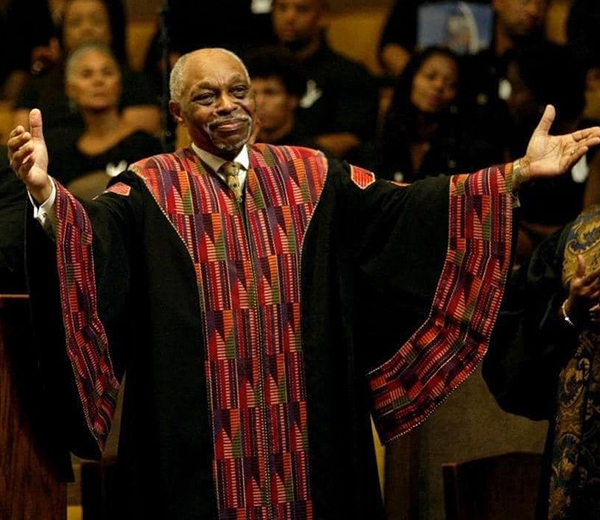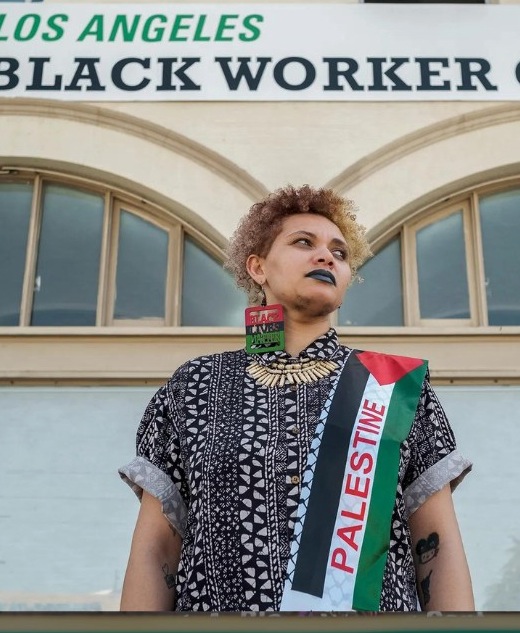By Sue Favor
Contributing Writer
SOUTH LOS ANGELES — Parts of South Los Angeles will benefit from a statewide plan to increase broadband infrastructure throughout the area in an effort to curb longstanding internet access inequities.
The state added a wide swath of area along the Harbor (110) Freeway corridor to a project map created by last summer’s Senate Bill 156, after months of lobbying by city and local advocates. The state is building what officials term an open access, middle-mile fiber network designed to prepare the area for future broadband expansion.
Through the bill, $6 billion will go towards expanding broadband infrastructure statewide. The state program is aligned closely with the city’s Digital Inclusion Strategic Framework initiative, to improve residents’ access to high-speed internet.
The City Council has approved $5 million “digital inclusion dollars” to ensure that South Los Angeles was included in the plan.
Entities will be able to build off of the improved fiber networks and extend infrastructure far into South L.A. communities on both sides of the freeway, with comparably less cost than having to build another fiber “backbone,” according to the city’s Department of Public Works Bureau of Street Lighting. This will make it easier, and more cost-effective, to provide subsidized or more affordable internet service.
“As the reliance on being connected digitally is so important in our daily lives, this plan is important in providing access and equity for those Angelenos who need connectivity to be able to succeed,” Board of Public Works Vice President Aura Garcia said.
The LA Digital Equity Action League (LA DEAL) includes the Los Angeles County Economic Development Corporation (LAEDC), Unite LA, the California Community Foundation, the county and city and other partners. The regional coalition jointly agreed that the 110 corridor was noticeably absent from original proposed maps from the state, despite the fact that it runs through many of the highest-need communities.
Deputy Mayor for Budget and Innovation Jeanne Holm and Bureau of Street Lighting Executive Director Miguel Sangalang led the charge in advocating to include the area in the improvement plan.
Lack of internet access has long been an issue in South L.A., with its high population of Black and Latino residents. The Bureau of Street Lighting said that 11.3% of Latinos and 15.1% of African Americans live in households with no broadband subscription. In some areas of Southeast Los Angeles that figure is above 25%.
Many factors can contribute towards disconnected households, including the cost of service, lack of devices and a lack of digital literacy. The bureau said research has shown that in many cases, some internet providers discriminate against customers based on where they live— a practice starting to be known as “digital redlining.”
The importance of internet connectivity was heightened last year during the COVID-19 pandemic, which forced residents to work, attend school, shop and perform other duties online. The framework and spending plan for the city’s program targets four areas: access, literacy and work force development, public trust and equitable network infrastructure. City officials will coordinate with the state in those endeavors.
Planned projects for South LA include: enhanced computer labs and WiFi in parks and recreation centers, revitalizing a program that refurbishes used computers for donation, a digital literacy grants program, computer training for youth, and job training for adults. The city is also working on a pilot program to improve WiFi hotspots on street poles.
The state is set to approve funding for the project within a year’s time, after which bidding can take place.
Sue Favor is a freelance reporter for Wave Newspapers, who covers South Los Angeles. She can be reached at newsroom@wavepublication.com.

